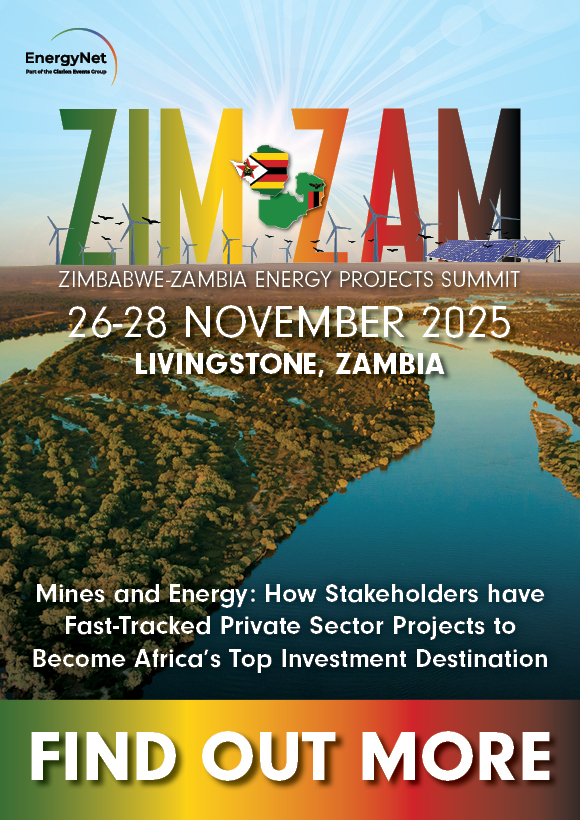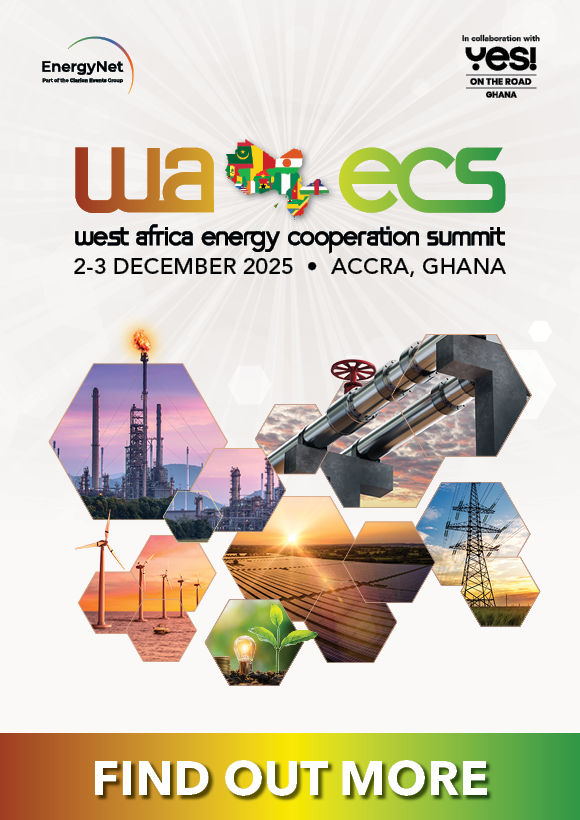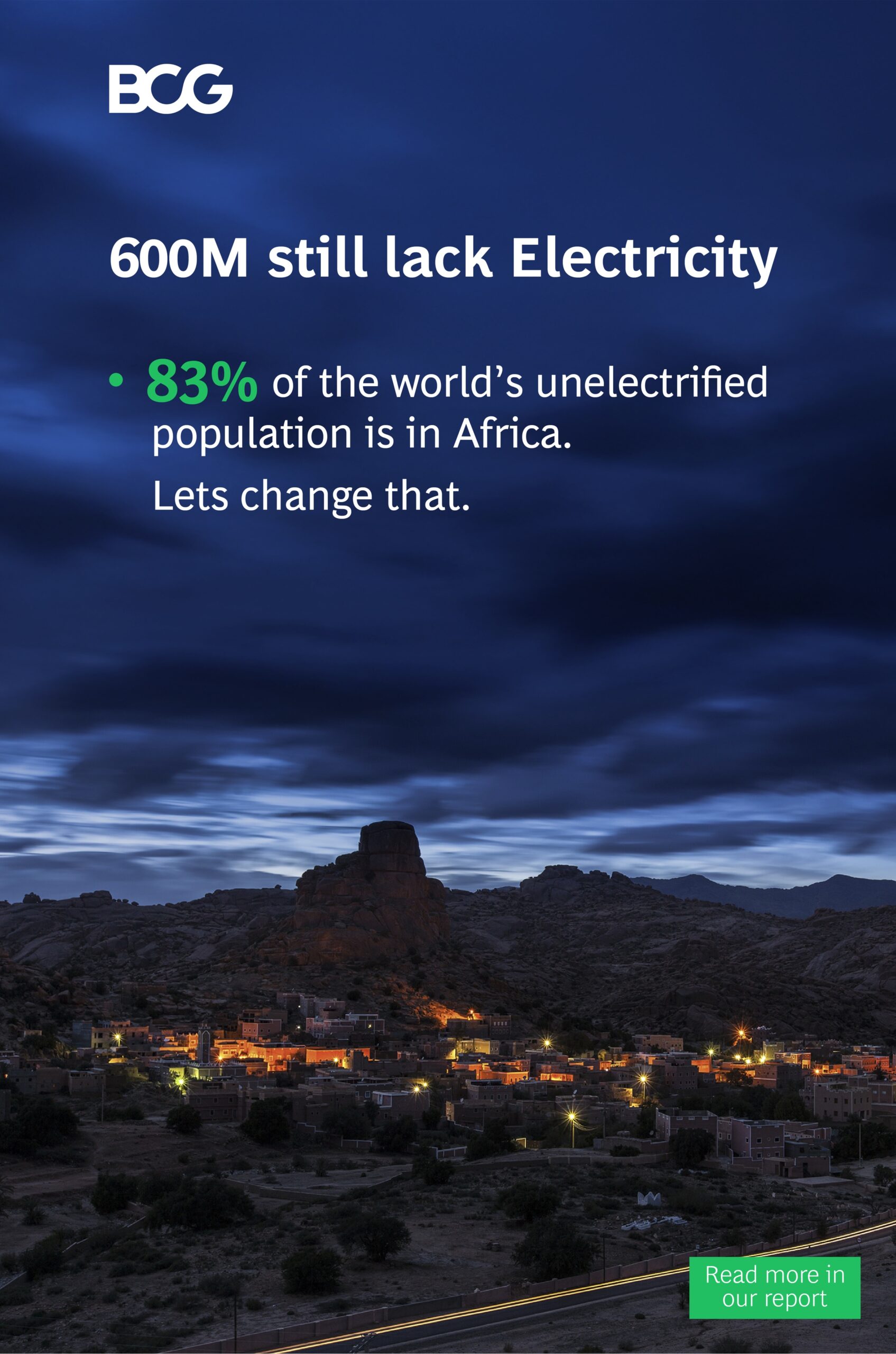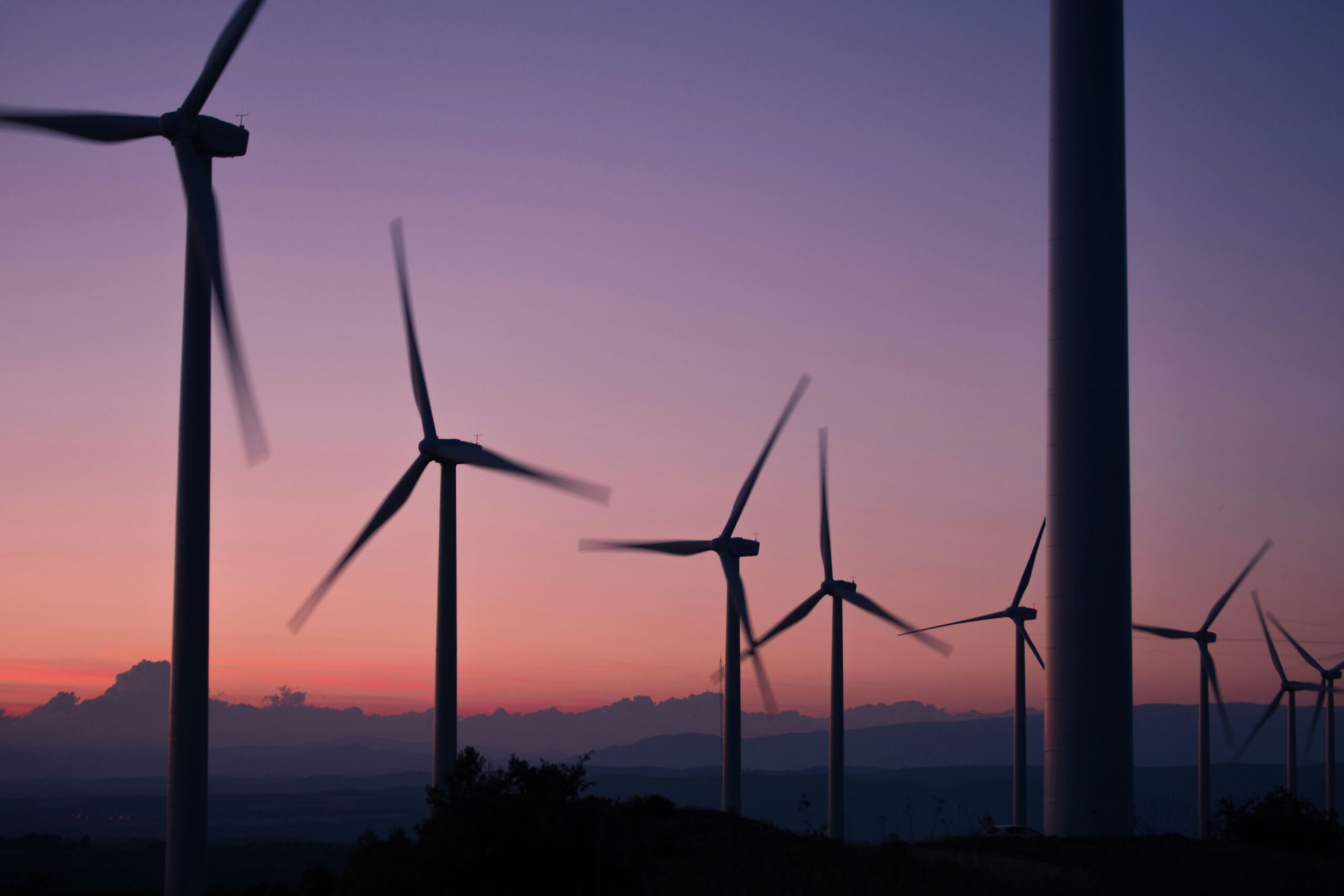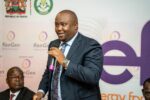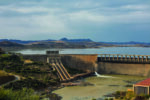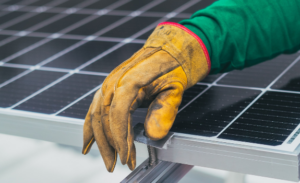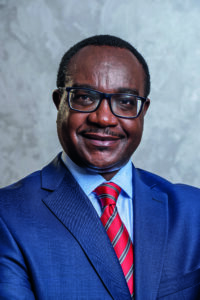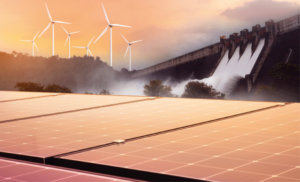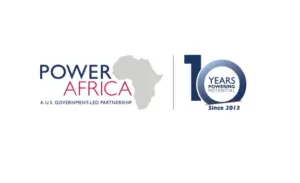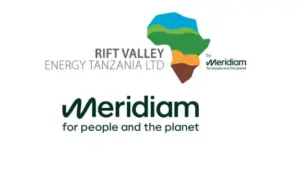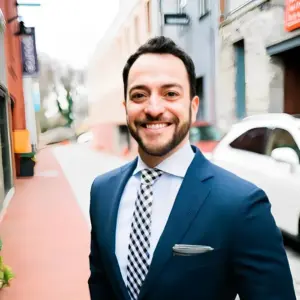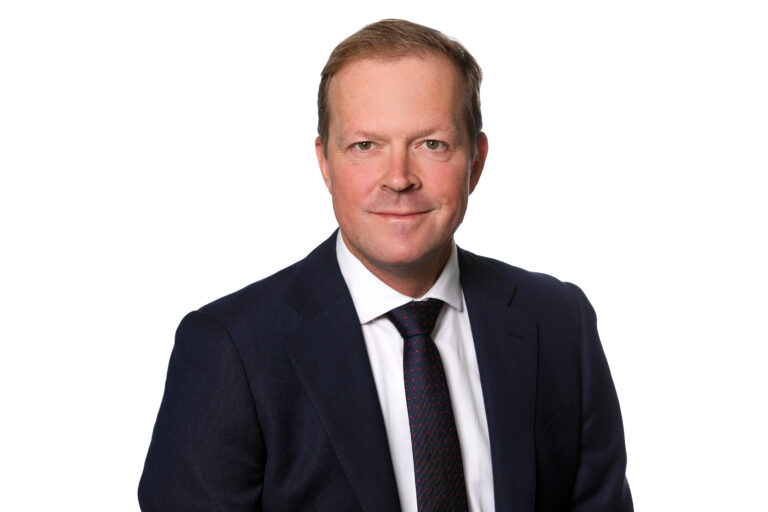
Growing Plans
Martijn Proos,the Emerging Africa Infrastructure Fund, a Private Infrastructure Development Group Company
Last year, it was announced that EAIF plans to raise as much as $500 million over the next three years to invest in infrastructure projects on the continent. How is that going?
EAIF has raised more capital amidst a significant economic downturn – while many have said fundraising is becoming more challenging. We are proud to be close to securing substantial financial backing in our most recent debt raise, which is an endorsement of our unique approach to project finance and infrastructure development – a critical enabler of inclusive growth.
The current capital raise builds on commitments from our anchor shareholders, the UK, Dutch, Swedish and Swiss governments, and continues a trend of successful debt raises endorsed by prominent institutional investors. In 2018, we raised ca. US$385 million with participation from Allianz Global Investors, German development bank, KfW, AFDB, FMO and Standard Chartered Bank.
Our mission reinforces the benefits of long-term debt capital and our dual mandate to deliver commercially competitive returns and sustainable impact. EAIF's projects generate economic opportunities, boost climate resilience, and facilitate greater socio-economic mobility.
What are the most exciting projects that this ambitious raise will allow you to support?
EAIF's strategic partnerships elevate Africa's energy markets and have helped reform economic activity in many countries. These outcomes align with the Private Infrastructure Development Group's (PIDG) commitment to achieving the UN's Sustainable Development Goals.
As part of EAIF’s growth plan, the Fund and Proparco committed to mobilise US$110 million to Raxio Group, a pan-African data centre developer and operator, bringing first-of-their-kind infrastructure to countries on the continent. Our contribution to another landmark project, such as the first utility-scale solar power project including battery storage in Mozambique, enables the supply of clean power to Niassa province – in one of Mozambique's most underserved regions. This will provide renewable energy to approximately 21,800 consumers and is expected to avoid 172,000 tonnes of carbon emissions over its lifetime.
Over 60% of our power generation loan portfolio is in renewables such as solar PV, wind, hydropower, and biomass – spread over 10 countries with a combined installed capacity of approx. 1GW. Looking ahead, we have identified compelling investment opportunities that diversify Africa's energy mix through partnerships in Senegal, Côte D'Ivoire, Kenya, Djibouti, and beyond.
We continue to explore geographies where we can add more value through EV, wind energy, solar + battery storage and more. Through our tested model of de-risking investments, we mitigate financial, technical, and environmental challenges. This has brought game-changing projects to completion in 20 countries across 9 infrastructure sub-sectors, including power, social infrastructure, WASH, manufacturing, transportation, agriculture, and more. Despite exposure to many sectors, EAIF is determined to expand the Fund's portfolio, deepening our footprint and leadership position while supporting growth in places often overlooked, such as Kenya, where our debt financing to the 40 MW Kesses solar photovoltaic plant will deliver 100% of the plant's output to the national grid through a 20-year take-or-pay Power Purchase Agreement between Alten and Kenya Power and Lighting Company, the national energy utility.
EAIF's patient, flexible capital inspires participation from international and local investors collaborating on the transformation happening across African countries.
The Fund is banking on increased interest in Africa from investors looking for bigger returns than they can get in Europe and the US. Is this a narrative that has convinced investors?
With international markets at an impasse and capital allocators reassessing strategies, EAIF targets emerging markets (EM) which provides a source of diversification; many are interested in diversifying their investments with the numerous investment opportunities in Africa. Private investments across the continent offer outsized development impact.
Infrastructure has become one of the fastest-growing asset classes in recent years, with total assets under management (AUM) topping $1tn by March 2022. In the last decade, private infrastructure capital raised per annum quadrupled from about USD30 billion in 2010 to USD 128 billion in 2021.
EM remains nascent (3% of private credit) and is the natural next step for allocators into private credit. Infrastructure debt provides a strong capital preservation profile, stable and recurring inflation-linked cash flows, protection from rising rates, low volatility, and assets typically resilient through economic cycles. EM infrastructure credit provides a material premium over DM against a marginally greater risk profile underpinned by historically low default and high recovery rates due to conservative structuring and contractual debt recovery mechanisms. Also, there is significant sovereign underpin in infrastructure sectors.
Investors within our network are attracted to our track record, expertise, and innovative projects across various asset classes and geographies. We deliver commercially sound, measurable investments and prioritise health, safety, gender, diversity and ESG performance. Impact investors have backed our pipeline of renewable energy projects, which now totals over 1,000 MW in generation capacity. Together, we have powered homes excluded from energy access, enabling enterprise creation and permanent jobs and sustainably safeguarding livelihoods.
EAIF operates in some markets that do not usually get the attention of major investors. What are some of the challenges you have faced in 'frontier' Africa?
African infrastructure project debt has a lower default rate than many developed market regions and a lower default rate than some other emerging market regions. However, many investors who have yet to allocate capital to African infrastructure are being deterred by headline risk, which is unduly influencing their decisions as a result of their unawareness of the strong financial performance of African infrastructure assets.
EAIF sets an example for how to navigate complex regulatory frameworks, and our extensive engagement with trusted partners and networks of renowned experts helps elevate investor interest. This changes the perception of risks, such as those associated with currency fluctuations – these can dent investor confidence. Since 2002, we have taken risks, leading to the scale of our impact – over 147 million people across Africa now benefit from EAIF-backed projects.
As the opportunities of green finance become clearer, is it becoming easier to crowd in investment for projects?
According to the African Private Capital Association (AVCA) and Tony Blair Institute's Climate Financing in Africa Report, private capital investment into Africa's climate adaptation and mitigation efforts has witnessed a nearly four-fold increase in the preceding decade, with significant investor interest in Clean Energy and Tech culminated in 333 deals worth US$14 billion (81% of private capital deal value) in the decade to 2022 – this signifies increasing investor interest. As encouraging, geographically, East Africa has experienced the largest deal volume, with 32% of deals struck in the region, spearheaded by Kenya – a country with 80% of its electricity generated emanating from renewable/clean energy sources.
Developing greenfield infrastructure requires a deliberate focus on climate finance for a just transition achieving net zero. We are optimistic about the rising appetite that will be matched by innovation and policies to unlock more sustainable investments throughout the continent.
Domestic capital markets are still relatively undeveloped in Africa. What needs to happen to unlock this potentially transformative source of finance?
Catalysing investment in local markets is key. There has been a growing trend towards issuing infrastructure bonds by African governments and corporations in the infrastructure space. EAIF has been an anchor investor in many successful bond issuances by Liquid Telecom, Sonatel and African telecommunications and digital company Axian Telecom, which raised US$420 million to expand the company's footprint in Africa. These innovative models can be replicated in many frontier territories.
How important was EAIF's credit rating with Moody's with investors, and how do you ensure you continue to maintain a strong rating?
EAIF obtained an A2 credit rating with a stable outlook from Moody's, which was a testament to the blended finance structure of the Fund, our structuring capabilities and our disciplined approach to investing while proactively managing risk. It has served as an indicator to more cautious capital allocators that their investments are well protected to downside risk and benefit significantly from upside potential.
We consistently refine our approach, based on learnings from over 100 successful investments which have mobilised over US$15billion in private sector commitments to the burgeoning African infrastructure asset class – this builds momentum for the joint ambitions of private and public sector investment objectives and leveraging the roles of blended and debt financing to realising impact wherever we invest.


